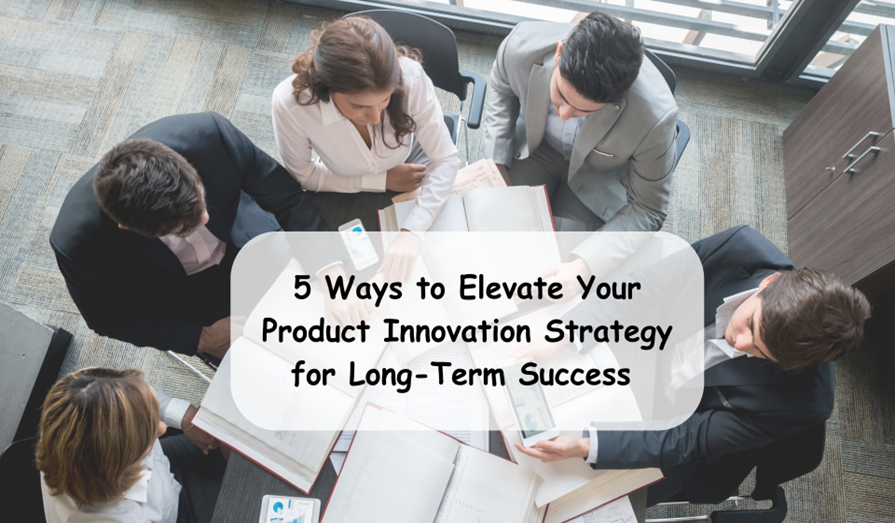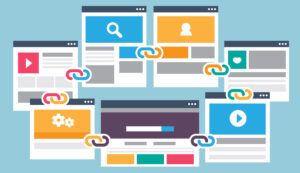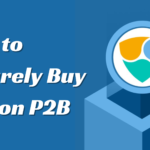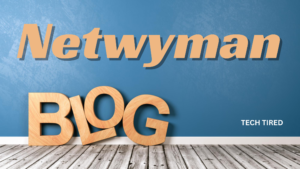5 Ways to Elevate Your Product Innovation Strategy for Long-Term Success
Is the current product innovation strategy designed for long-term success? A reliable plan is what makes the difference between success and lagging.
Refinement allows you to consistently stay ahead, ensure your products meet evolving customer needs, and drive growth on a sustained basis. Here are five essential ways to strengthen your strategy and keep your business at the cutting edge of innovation.
Top 5 Ways to Enhance Product Innovation Strategy
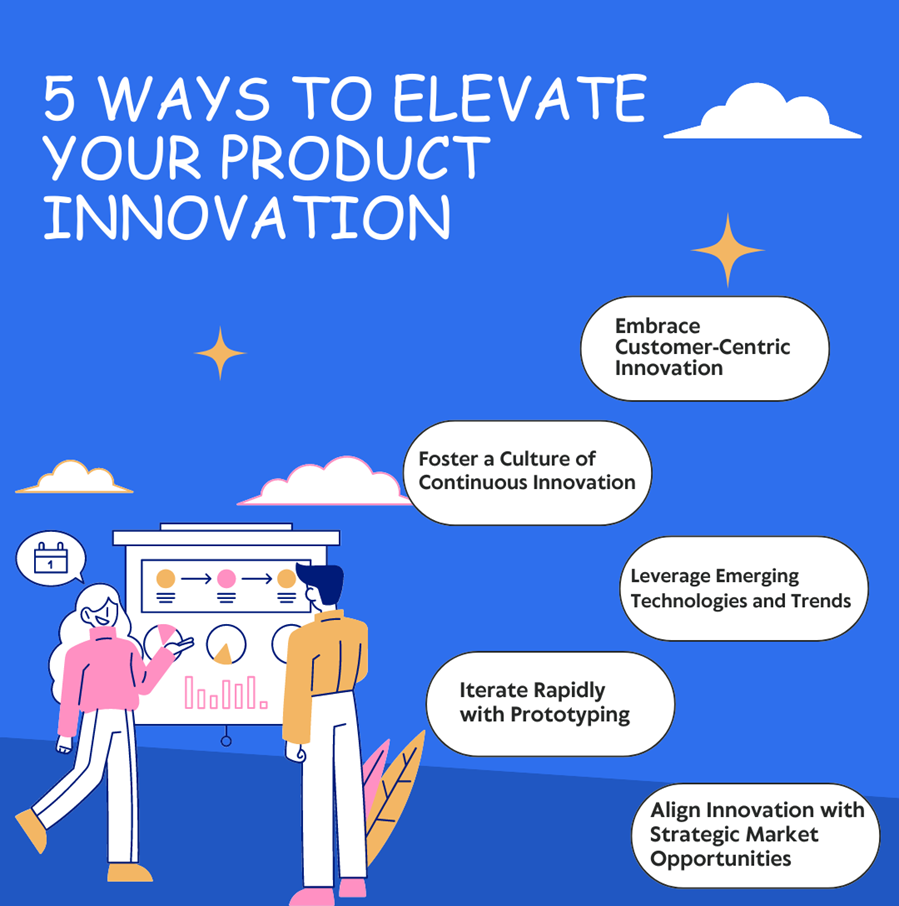
1. Embrace Customer-Centric Innovation
Customer-centric innovation becomes far more effective when brands have precise data on their products’ use. Companies can design solutions that accurately address their audience’s needs by understanding real-time consumption patterns. Advanced product innovation technologies now enable capturing detailed product usage behavior without relying on self-reported data, which can often be inaccurate.
This capability allows you to gather every piece of data, down to the exact usage occasion and quantity. With this kind of actionable intelligence, brands can move beyond assumptions and innovate based on their products’ consumption. This empowers businesses to stay responsive, ensuring product development always aligns with evolving customer behaviors, resulting in innovations that meet and exceed consumer expectations.
Gathering precise, passive data transforms customer-centric innovation, giving brands the tools to make data-driven decisions that fuel long-term success.
2. Foster a Culture of Continuous Innovation
Continuous innovation has to be ingrained all over your organization, not just in one department or project. Only by creating a culture of constant innovation can a company’s growth be assured and stay competitive within a given market. To attain this, cross-functionality can be pursued whereby teams from different sections pool various perspectives and expertise.
Brainstorming workshops, for instance, can become efficient sources of new ideas and creativity. Reward the employee who gives novel ideas and solutions. This will make employees feel valued and motivated to go beyond the boundaries. Removing the fear of failure would be pretty straightforward as resources and dedicated time for experimentation will be facilitated.
The term “fail fast, learn faster” brings every team the confidence to learn from their mistakes and improve their processes more rapidly. This sets up a business for constant improvements and sustainable success by fostering the innovative culture that propels companies forward.
3. Leverage Emerging Technologies and Trends
Keeping pace with technological advancements is one of the key factors for ensuring competitive advantage in the market. Businesses leveraging emerging technologies effectively can considerably boost their product innovation processes. It can help automate processes around product development and facilitate the creation of more tailored solutions.
It may also allow the exploration of the Internet of Things (IoT), thereby enhancing product offerings by connecting devices that improve user experiences. At the same time, sustainability must be approached through innovations that align with the increased demand in terms of environmentally friendly goods and practices.
Be updated on new information in this area through industry trends by attending conferences, reading reports, and engaging thought leaders. Leadership through innovation follows as organizations lead and find themselves at the forefront of new products.
Emerging Technologies and Their Potential Impact on Product Innovation:
| Technology | Potential Impact | Implementation Difficulty | Time to Market |
| AI/ML | High | Medium | Medium |
| IoT | High | Medium | Short |
| Blockchain | Medium | High | Long |
| AR/VR | Medium | Medium | Medium |
| 3D Printing | Medium | Low | Short |
By leveraging these technologies, you can create more intelligent, connected, sustainable products that meet evolving consumer expectations.
4. Iterate Rapidly with Prototyping
Rapid prototyping is an essential process by which businesses test concepts, gather real-world feedback, and adjust as necessary before launching their product on a much broader scale. That process mainly reduces the risks attributed to the failure of the product.
To implement rapid prototyping well, first, adopt minimum viable products to allow you to launch simplified versions of your product to understand user interest and gather feedback. Besides, with the help of 3D Printing, prototyping physical product solutions is very effective in developing quick and low-cost prototypes.
Agile methodologies will encourage rapid iterations and continuous improvements throughout the development process. Furthermore, users should regularly test the prototype. Frequent interactions with target users develop the prototype based on their real-life experiences.
Rapid prototyping to your product development path will help you add more value to your offerings to meet users’ needs better before significant resources are committed to full-scale production.
5. Align Innovation with Strategic Market Opportunities
Innovation that triumphs the other lies in the fact that it does not only go about producing something new but focuses on meeting some gap and opportunity inside a specific market where growth drivers throng, thus making innovation efforts align with strategic opportunities as would further meet customer needs and also tap into areas containing lots of potential space for expansion.
You begin by conducting a thorough market analysis to align your innovation strategy effectively. Monitor and assess market trends, competitor activity, and emerging customer needs to identify areas of potentiality. Develop a custom go-to-market strategy that capitalizes on these assets to enhance the impact of your innovations further. In addition, forming alliances with other companies or organizations can help augment your efforts because strategic partnerships can lead to new markets and available technologies.
Second, you should consider scalability because your innovative solutions should expand with the market’s growing demand. Even big data analytics will help you track better patterns and predict what will likely happen next, making your innovation process proactive. With these strategies in place, your business will be well-equipped to satisfy the present market demand and grow in the future.
Conclusion
It is the era of innovating new products. Long-term business success can only be ensured if this happens. Customers-centered innovation, a culture of continuous improvement, embracing emerging technologies, rapid iteration, and strategic alignment to relevant market opportunities give birth to a product that has its audience and leads to sustainable growth.
Remember, innovation is a process and goes on continually. Continuously refine and learn how to change your approach so that you stay ahead of the curve and meet the changing requirements of your customers.
FAQs
How often should we review and update our product innovation strategy?
It’s recommended to review your innovation strategy at least annually, with quarterly check-ins to ensure you’re on track. However, in rapidly changing industries, more frequent reviews may be necessary to stay competitive.
What’s the best way to measure the success of our product innovation efforts?
Key metrics can include revenue generated from new products, customer adoption rates, market share growth, and return on investment (ROI) for innovation projects. Additionally, consider qualitative measures such as customer satisfaction and brand perception to gain a comprehensive view of your innovation’s impact.
How can small businesses with limited resources implement these innovation strategies?
Start small and focus on one or two strategies initially. Prioritize customer feedback and rapid prototyping, which can be implemented with minimal resources. Leverage open-source tools and platforms to access emerging technologies without significant investment, enabling effective innovation even on a tight budget.

